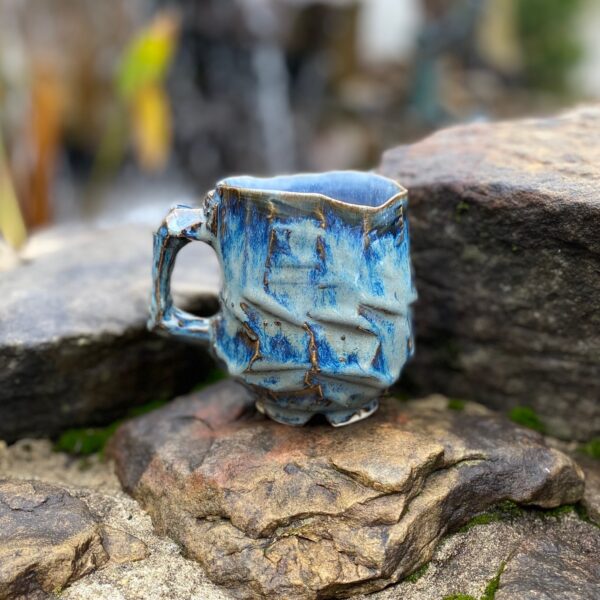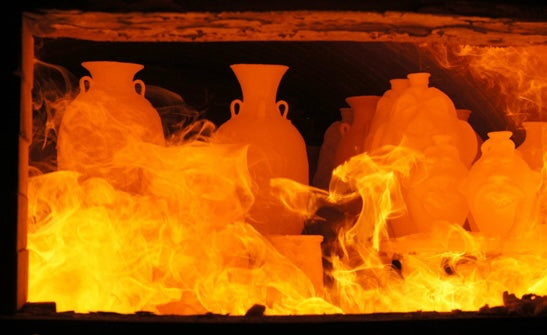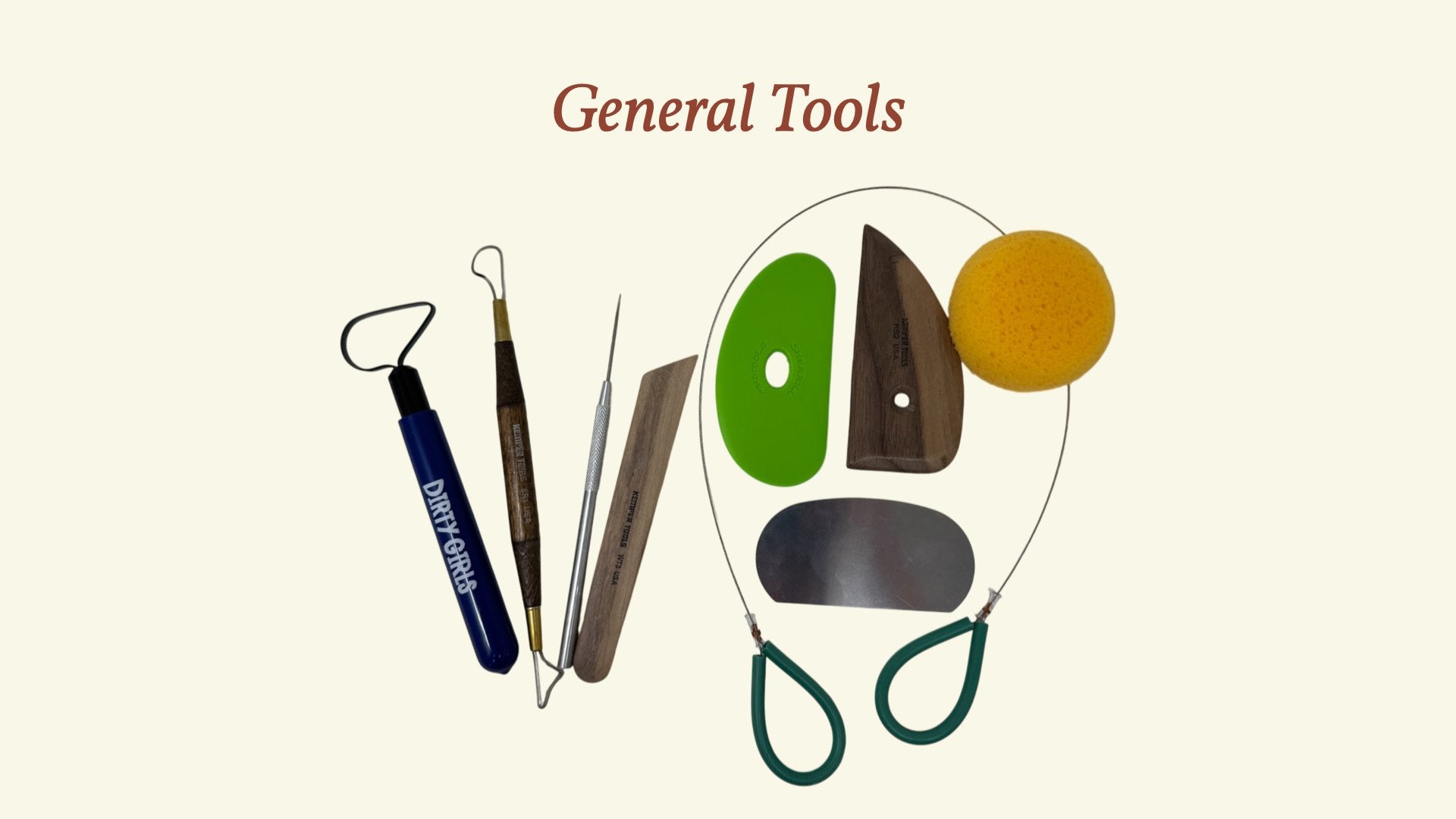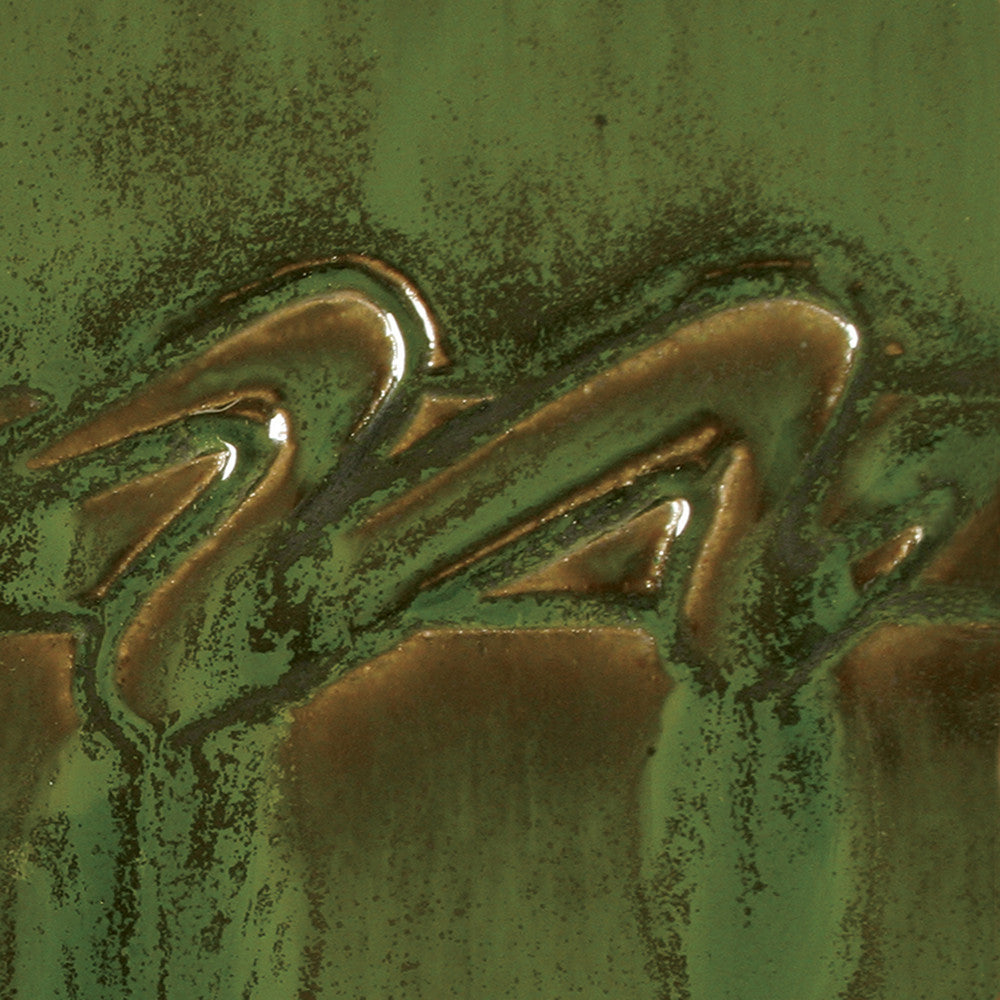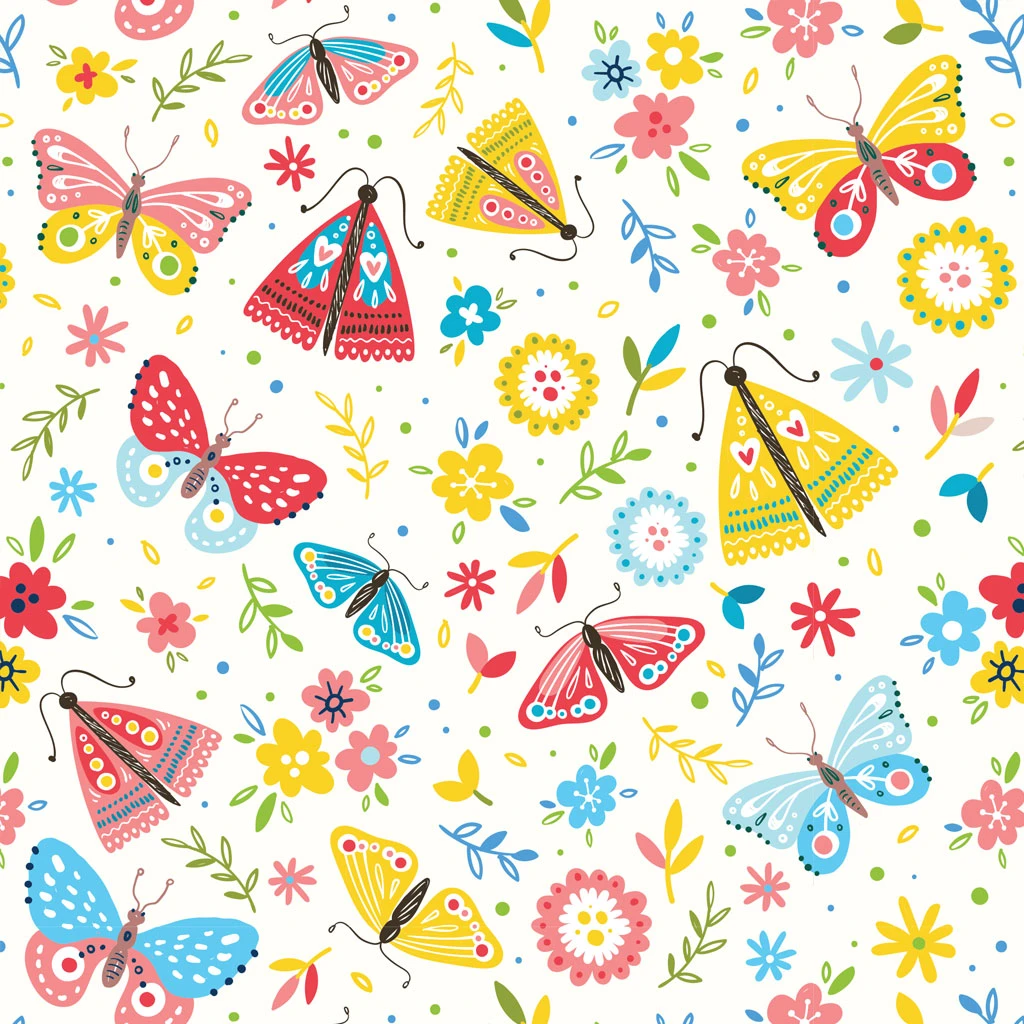There is so much clay out there but all of them can be sorted under four categories of clay. These are earthenwares, stonewares, porcelains, and porcelaneous stonewares. Each of these types of clays have different properties and reasons to use them. Making the best choice for your practice can be tough so here they are broken down!
Earthenware
Earthenware is typically a red clay body that is fired at low temperatures (usually cone 06-04). Earthenwares will never vitrify, as they will melt before they are able to, meaning they do absorb water. However, earthenwares are able to handle more thermal shock than other kinds of clays due to their porosity. Many potters and sculptors use earthenwares for the color and strength of the body. Potters will either completely glaze their pieces and stilt them in the kiln or seal areas that were unglazed to protect the pot from absorbing water.
Kansas Clay’s Terra Cotta clay, an earthenware
Stoneware
Stonewares are fired in higher temperatures than earthenware (around cones 5-12). These clays are normally an off white or “buff” color and have more of a toothy texture. Stoneware is used for a wide range of things but usually has a nice plasticity and workability that is pleasant to work with. Stoneware clays are probably the best kinds of clays to throw with as they have a more forgiving nature with drying and warping. You can read more in depth about stoneware on digitalfire.
Kansas Clay’s Buff clay, a stoneware body
Porcelain
Porcelain clays are incredibly white clay bodies that usually fire the same temperatures as stoneware (cones 5-12). Porcelain is often compared to throwing with cream cheese due to its incredibly soft nature. Porcelains can be truly beautiful and very durable but are typically not as plastic as other kinds of clays. Porcelains have a little bit of a learning curve when working with them as they have certain quirks to them that you have to get to know but many people swear by porcelains and will never go back to other clay bodies. Read more on porcelains on digitalfire.
Kansas Clay’s Domestic Porcelain
Porcelaneous Stoneware
Also known as a "dirty porcelain," Porcelaneous stoneware clay bodies are pretty much like they sound, a mix of porcelain and stoneware and are fired cones 5-12. This is typically done through mixing kaolins, the incredibly white and pure raw material that make up porcelains, and ball clays, an off white raw material that imparts plasticity and green strength to clay bodies but also brings chemical impurities. This mix of kaolin and ball clay make lovely clay bodies that are smooth like porcelain and structurally strong like stoneware. Perhaps the most popular porcelaneous stoneware is Laguna’s B-Mix which comes in several different varieties including cone 5, cone 10, with grog, with sand, with paper, wood fire, and more.
Laguna B-Mix Cone 5, see more here
Haley Stanaford is currently a Post Baccalaureate student in ceramics at the University of Kansas where she is currently taking a Clay and Glaze Formulation taught by Colby Charpentier in addition to her studio practice. She also is a Sales Representative at Bracker’s Good Earth Clays in Lawrence, Kansas.



